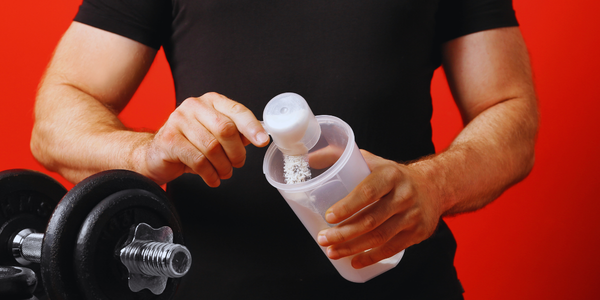The Single Workout Mistake That’s Sabotaging 90% of Men’s Gains (And How to Fix It Today)
The Silent Saboteur in Your Training.

You’ve been hitting the gym for months. You’re consistent. You’re committed. Yet the mirror barely shows progress, and your strength numbers are crawling. The shocking truth? Research shows that 90% of men are making one simple mistake in their workouts—a mistake baked into most gym routines. It’s not your diet, not your genetics, but the way you’re stacking your sets. The good news? Fixing it is surprisingly easy, and the results can transform your training in weeks.
The Problem: Why Most Men Train Backwards
Most guys follow the classic pyramid training model: start light, build up to heavy. For example:
- Set 1: 135 lbs × 10
- Set 2: 155 lbs × 8
- Set 3: 175 lbs × 6
- Set 4: 185 lbs × 4
By the time you reach that top weight, you’re already fatigued. The heavy set that should drive growth is sabotaged before it begins. Studies show this approach can reduce strength gains by 15–20% compared to optimized methods.
The formula is simple: heavy weight + quality reps = progress. Traditional pyramids burn your best reps on lighter sets, leaving little in the tank for the work that matters most.
The Science: Why Reverse Pyramid Training Works
Reverse pyramid training (RPT) flips the script. Instead of warming up with all your energy, you save your max effort for when you’re freshest: the very first working set.
- Set 1: Heaviest weight (6–8 reps)
- Set 2: Reduce weight by ~10–15% (8–10 reps)
- Set 3: Reduce again (10–12 reps)
Research-backed benefits:
- 10–15% greater strength improvements compared to conventional pyramids.
- Aligns with progressive overload principles while reducing fatigue.
- Keeps intensity high where it matters most.
Simply put, your first set becomes your strongest set.
The Fix: How to Implement Reverse Pyramid Training
Here’s how to make RPT work for you:
- Warm Up Right
- 5–10 minutes of light cardio
- Dynamic stretching
- 2–3 ramp-up sets with lighter weights (not to failure)
- Attack Your Heaviest Set First
- Choose a weight you can lift for 6–8 clean reps.
- Go all out while you’re fresh.
- Drop Weight, Keep Intensity
- Reduce load by 10–15% for each following set.
- Hit higher rep ranges (8–10, then 10–12).
- Rest Smart
- Take 2–3 minutes between heavy compound lifts.
- Shorter rests (60–90 sec) for accessory moves.
Example: Bench Press
- Set 1: 185 lbs × 6
- Set 2: 165 lbs × 8
- Set 3: 145 lbs × 10
Compared to traditional pyramids, this keeps your strongest effort where it delivers maximum returns.
Beyond the Main Mistake: 4 Other Critical Errors
Even with RPT, progress stalls if you fall into these traps:
- Ego Lifting
Sacrificing form for weight not only kills progress but skyrockets injury risk. Strength isn’t built on sloppy reps. - Skipping Progressive Overload
If your lifts don’t gradually increase, your body won’t adapt. Track your numbers and add small increments over time. - Neglecting Recovery
Gains happen during rest. Without adequate sleep, nutrition, and recovery, your training won’t stick. - Unbalanced Programming
Over-focusing on “mirror muscles” (chest, biceps) while ignoring the posterior chain leads to imbalances, pain, and stalled strength.
The Results Timeline: What to Expect
- Week 1–2: Learning curve. RPT feels awkward at first.
- Week 3–4: Noticeable strength increases.
- Week 6–8: Muscles feel fuller, strength numbers climb.
- Month 3+: Consistent progress, plateaus shattered.
Conclusion: Make Your Move
If you’ve been stuck spinning your wheels in the gym, the problem isn’t effort—it’s structure. Traditional pyramids drain you before your heaviest sets. Reverse pyramid training puts your power where it belongs: front and center. Try it for just 4 weeks, and you’ll feel the difference in both strength and muscle growth.
ActiveMan — Make Your Move
The Modern Guide to Men’s Health, Fitness & Lifestyle.





